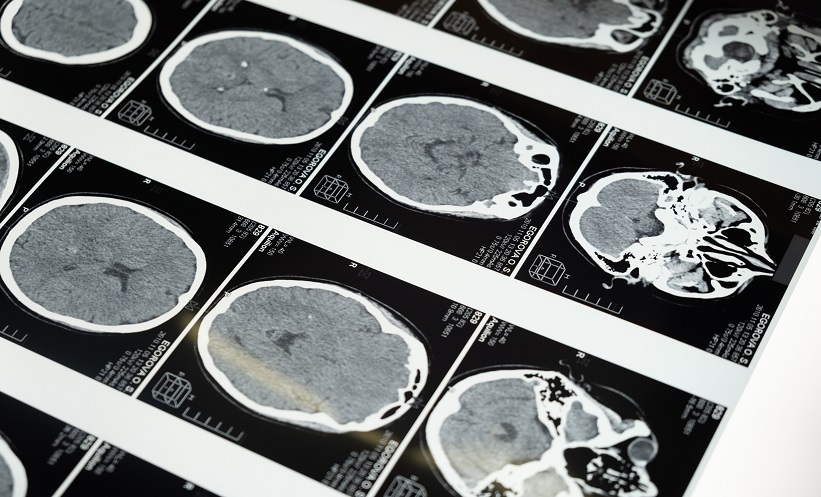CUTTING-EDGE research utilising artificial intelligence (AI) has delved into the intricate realm of attention deficit hyperactivity disorder (ADHD), shedding light on the potential for a revolutionary diagnostic approach. Discussed at the Radiological Society of North America’s (RSNA) Annual Meeting, held in Chicago, Illinois, USA, in November, this study employs deep learning techniques, a type of AI that can recognise patterns and connections within vast amounts of data. Brain scans of adolescents with and without ADHD were scrutinised, uncovering disparities in the white matter tracts that could redefine our understanding of this prevalent neurodevelopmental condition.
Researchers harnessed the power of deep learning AI to scrutinise MRI scans from 1,704 individuals that consisted of both adolescents with ADHD and those without the condition across 21 research sites in the USA. Utilising a specialised MRI technique called diffusion-weighted imaging, they extracted measurements of fractional anisotropy (FA) along 30 major white matter tracts. FA, indicating water molecule movement through these tracts, was used to train a deep-learning model with 1,371 participants. The model was then tested on 333 individuals, revealing distinctive patterns in nine white matter tracts associated with ADHD.
Individuals with ADHD exhibited significantly higher FA values in these white matter tracts, providing detailed insights not observed previously. The observed irregularities in these tracts correlated with typical ADHD symptoms, marking a substantial breakthrough in understanding the structural variations potentially underlying the disorder.
This pioneering research, while yet to undergo peer review, marks a critical milestone in the quest for objective ADHD diagnostics. By investigating the capabilities of deep learning AI and advanced imaging techniques, the study offers a promising avenue to enhance our understanding of ADHD on both biological and diagnostic fronts. The implications extend beyond the realm of patient care, potentially impacting drug trials, clinical management, and societal perspectives on neurodevelopmental disorders. As the study progresses towards peer-reviewed publication, the prospect of a more accurate, non-invasive imaging technique for ADHD diagnosis is promising, with far-reaching implications for individuals and society.








